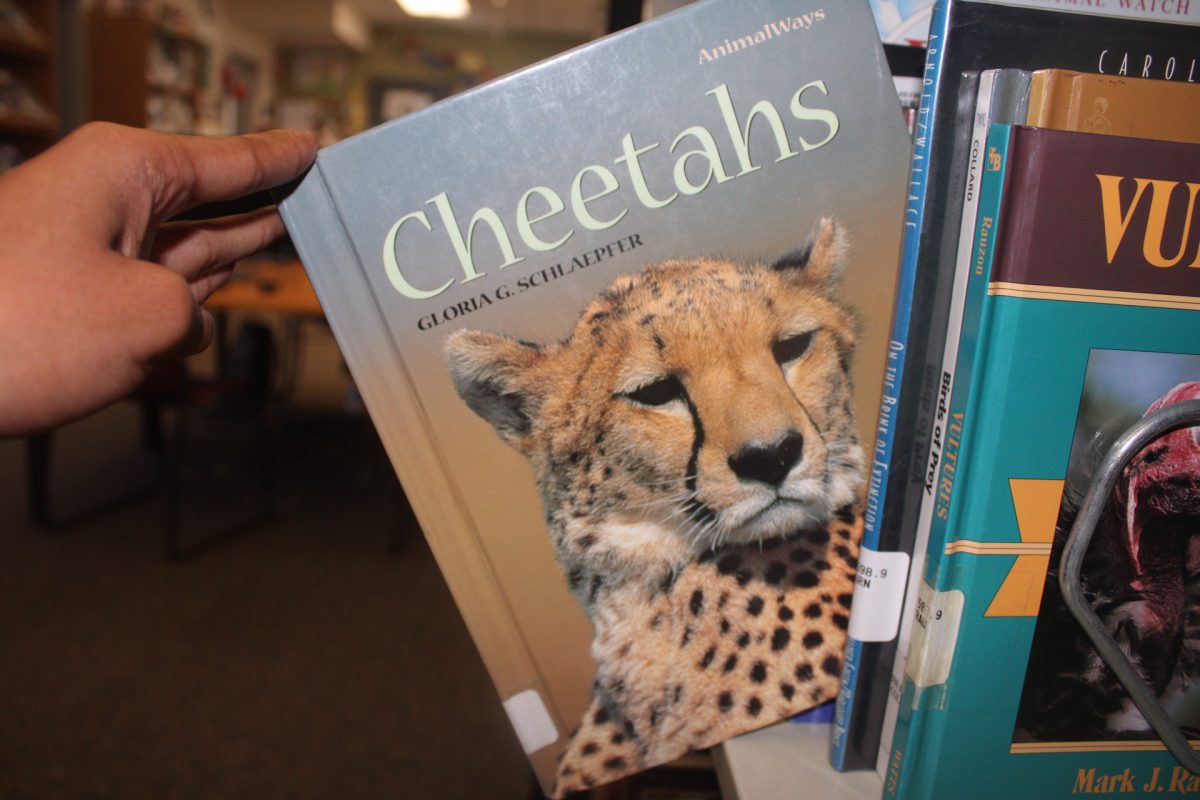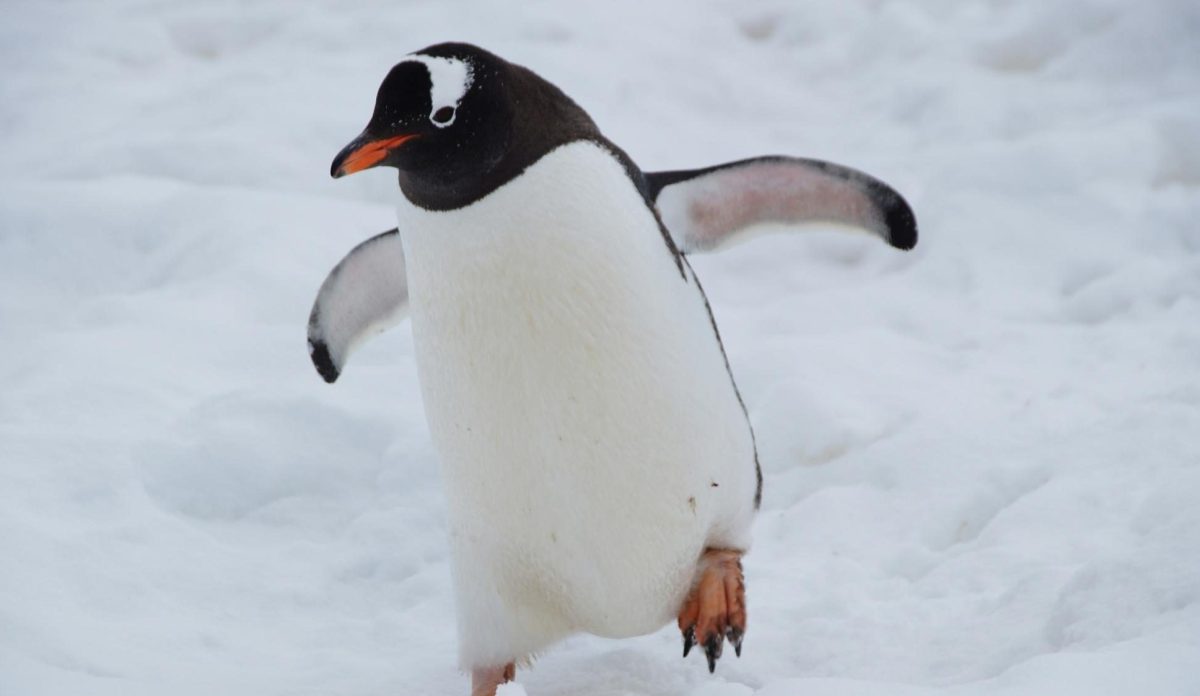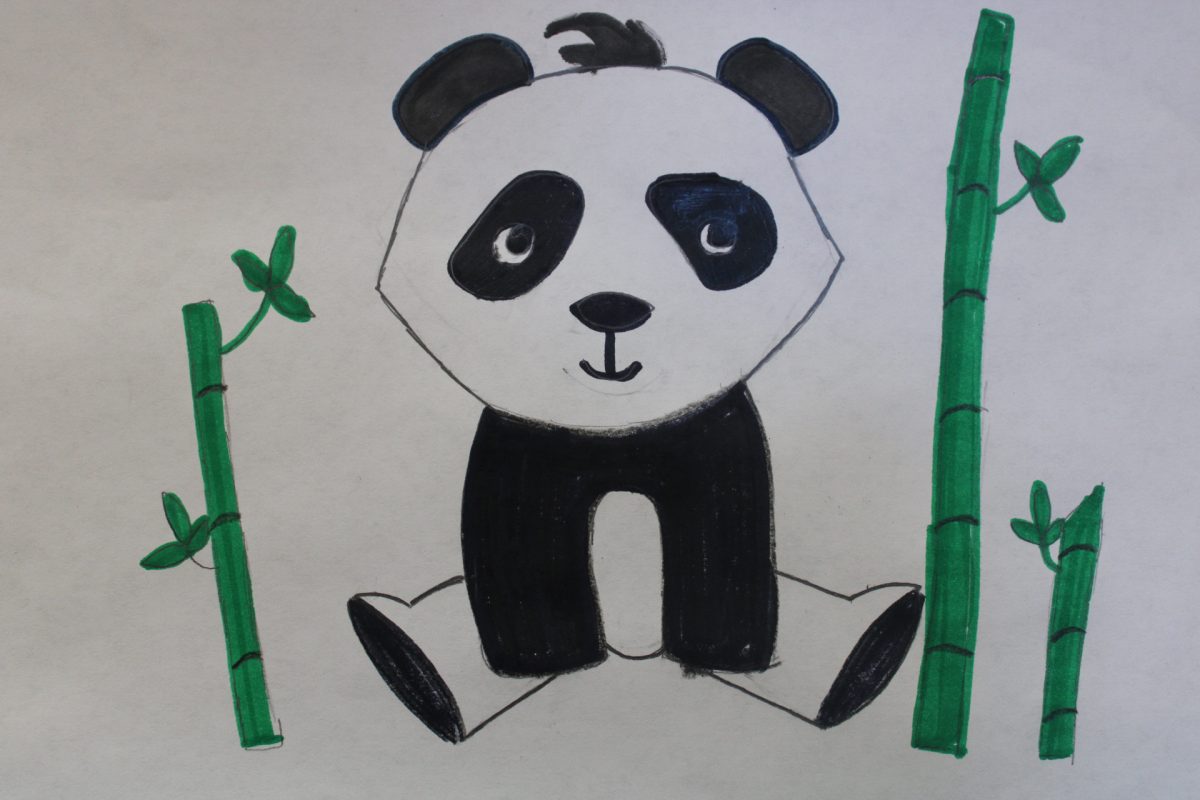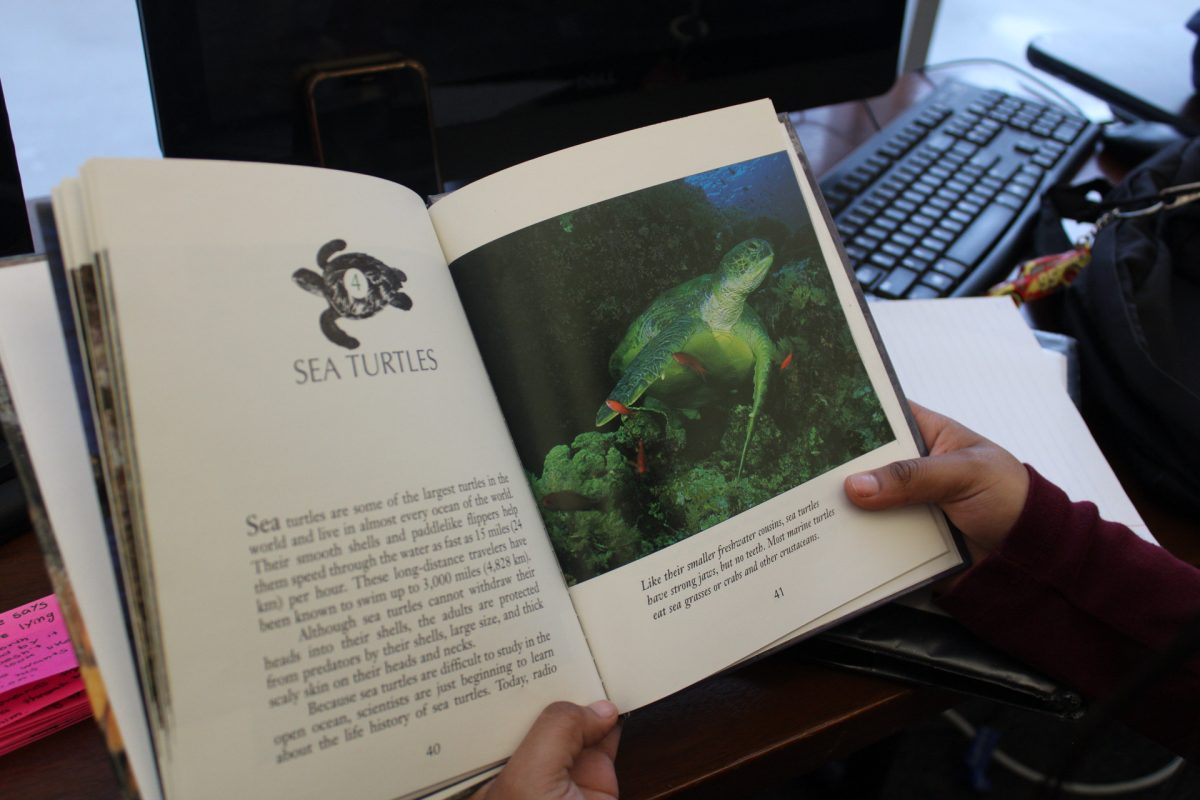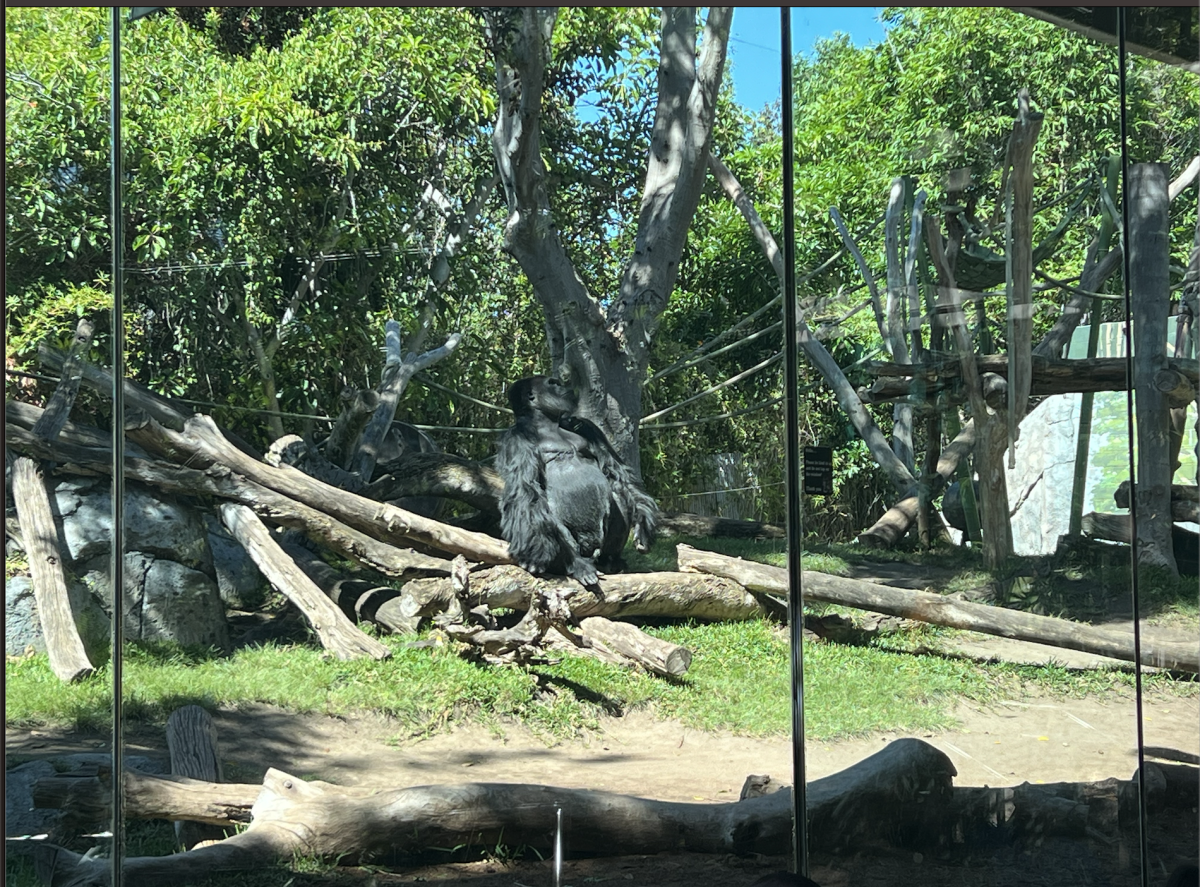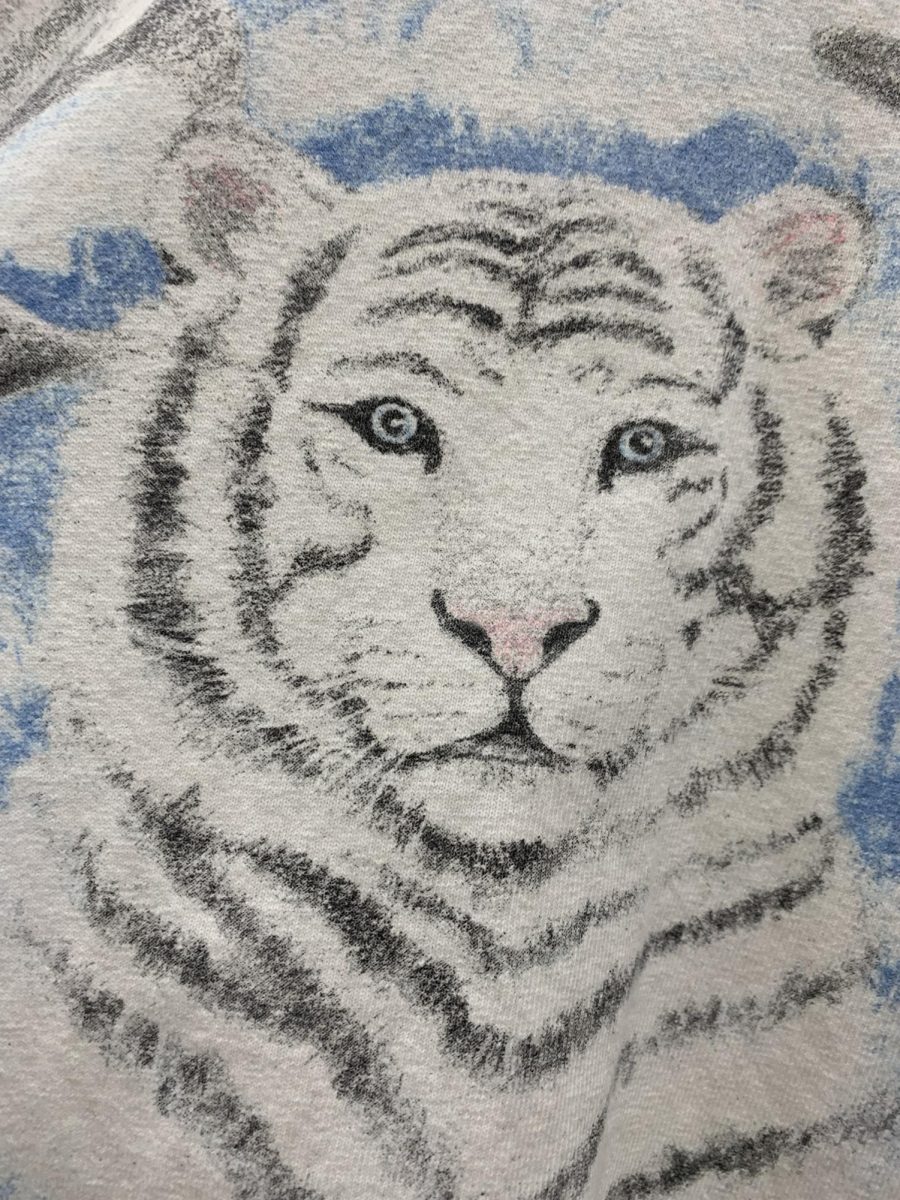The cheetah jets through the 330-foot-long track at 70 miles per hour, kicking dirt in the air and impressing the large crowd watching over him. This jaw-dropping view happens at the San Diego Safari Park, at 3:30 pm every day. It attracts many visitors because of how uniquely fast and agile the cheetah is. People often confuse the difference between the cheetah and the Amur leopard because of how similar they look to each other. The biggest difference between these two is that the leopard is heavier and stronger than the cheetah, they live in different regions of the world, and the leopard is critically endangered. The Amur leopard was critically endangered in 1996, and now, there are only 125 left in Russia and 49 left in China. There are various reasons why this spotted creature is at risk of extinction and many of them are because of humans.
The biggest issue the amur leopard currently faces is the illegal wildlife trade. There is no doubt that their fur is beautiful and beloved, but their beauty puts them at a great disadvantage. They are constantly poached for their fur, as the material can be used for clothing such as luxury robes. Poachers profit off of this species so it would be very rare that they would comply with restrictions. They could make thousands of dollars on their fur which is something no one would want to give up even if it means killing an innocent creature.
Habitat loss is the second issue the amur leopard deals with. Amur leopards find shelter in trees and these trees are consistently being cut down by humans. As the population grows there will be an increasing amount of demand for wood and paper which means less shelter and homes for the amur leopard. As climate change increases and the temperature rises, more natural forest fires will emerge causing the leopard homes to be destroyed. These fires can ruin their habitat, but if a tree catches on fire and the leopard is nearby, it creates a safety hazard for the leopard as well.
Although all of these issues are affecting the population of these creatures, organizations such as the World Wildlife Fund are trying to save them. The World Wildlife Fund tries to mitigate poaching with their TRAFFIC program, which is a monitoring network that helps governments regulate the illegal trading of animals and are placing cameras out in the wild to monitor this species and make sure they are not in danger due to poachers.
As a result of human greed, we have put another species on the brink of extinction. There needs to be a more collective effort to make sure that we don’t risk the population of a species every year.
If you want to contribute to a cause like the World Wildlife Fund you can adopt an Amur Leopard on this website: https://gifts.worldwildlife.org/gift-center/gifts/Species-Adoptions/Amur-Leopard.aspx
You will get a stuffed animal, a photo, a certificate, and a gift bag!


